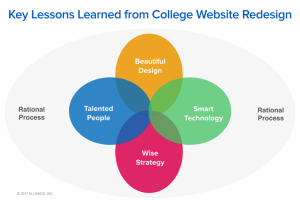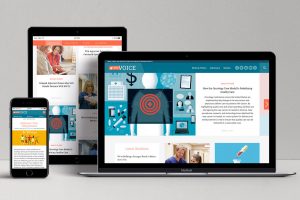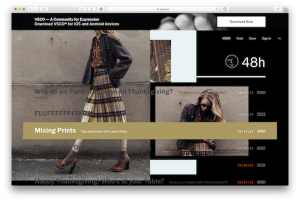
The Americans with Disabilities Act of 1990/2008 (ADA) and the Rehabilitation Act of 1973 require colleges and universities to provide individuals with disabilities equal access to programs, services and activities. This extends well beyond making sidewalks, entryways and classrooms accessible. It includes websites too. Why has this topic become important lately? Growth of non-traditional student […]





